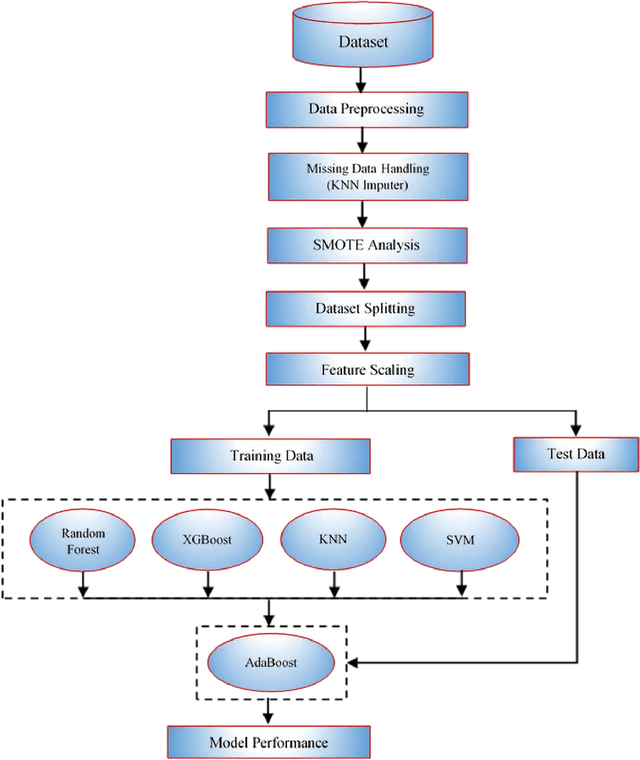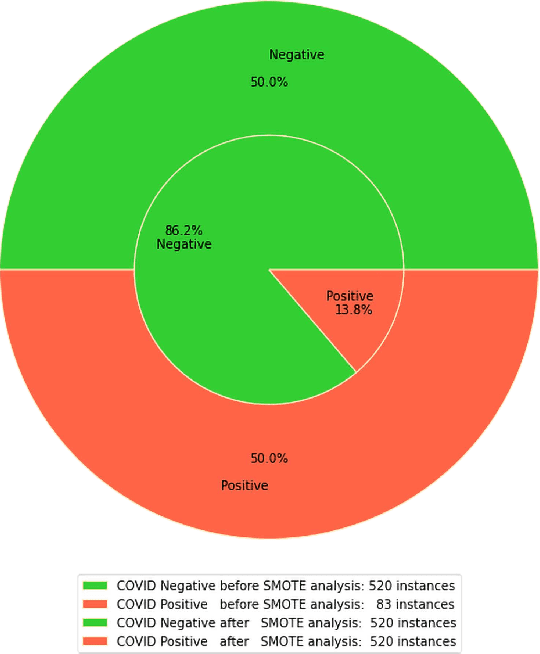Md. Mohi Uddin Khan
A Prospective Approach for Human-to-Human Interaction Recognition from Wi-Fi Channel Data using Attention Bidirectional Gated Recurrent Neural Network with GUI Application Implementation
Mar 12, 2022



Abstract:Recent advances in 5G wireless technology and socioeconomic transformation have brought a paradigm shift in sensor applications. Wi-Fi signal demonstrates a strong correlation between its temporal variation and body movements, which can be leveraged to recognize human activity. In this article, we demonstrate the cognitive ability of device free mutual human-to-human interaction recognition method based on the time scale Wi-Fi channel state information. The mutual activities examined are steady-state, approaching, departing, handshaking, high-five, hugging, kicking (left-leg), kicking (right-leg), pointing (left-hand), pointing (right-hand), punching(left-hand), punching (right-hand), and pushing. We explore and propose a Self-Attention furnished Bidirectional Gated Recurrent Neural Network model to classify the 13 interaction types from the time-series data through automated temporal feature extraction. Our proposed model can recognize a two subject pair mutual interaction with a maximum benchmark accuracy of 94%. This has been expanded for ten subject pairs, which secured a benchmark accuracy of 88% with improved classification around the interaction-transition region. Also, an executable graphical user interface (GUI) is developed, using the PyQt5 python module, to subsequently display the overall mutual human-interaction recognition procedure in real-time. Finally, we conclude with a brief discourse regarding the possible solutions to the handicaps that resulted in curtailments observed during the study. Such, Wi-Fi channel perturbation pattern analysis is believed to be an efficient, economical & privacy-friendly approach to be potentially utilized in mutual human-interaction recognition for indoor activity monitoring, surveillance system, smart health monitoring systems & independent assisted living.
Telehealthcare and Covid-19: A Noninvasive & Low Cost Invasive, Scalable and Multimodal Real-Time Smartphone Application for Early Diagnosis of SARS-CoV-2 Infection
Sep 16, 2021



Abstract:The global coronavirus pandemic overwhelmed many health care systems, enforcing lockdown and encouraged work from home to control the spread of the virus and prevent overrunning of hospitalized patients. This prompted a sharp widespread use of telehealth to provide low-risk care for patients. Nevertheless, a continuous mutation into new variants and widespread unavailability of test kits, especially in developing countries, possess the challenge to control future potential waves of infection. In this paper, we propose a novel Smartphone application-based platform for early diagnosis of possible Covid-19 infected patients. The application provides three modes of diagnosis from possible symptoms, cough sound, and specific blood biomarkers. When a user chooses a particular setting and provides the necessary information, it sends the data to a trained machine learning (ML) model deployed in a remote server using the internet. The ML algorithm then predicts the possibility of contracting Covid-19 and sends the feedback to the user. The entire procedure takes place in real-time. Our machine learning models can identify Covid-19 patients with an accuracy of 100%, 95.65%, and 77.59% from blood parameters, cough sound, and symptoms respectively. Moreover, the ML sensitivity for blood and sound is 100%, which indicates correct identification of Covid positive patients. This is significant in limiting the spread of the virus. The multimodality offers multiplex diagnostic methods to better classify possible infectees and together with the instantaneous nature of our technique, demonstrates the power of telehealthcare as an easy and widespread low-cost scalable diagnostic solution for future pandemics.
Development of Risk-Free COVID-19 Screening Algorithm from Routine Blood Test using Ensemble Machine Learning
Aug 12, 2021



Abstract:The Reverse Transcription Polymerase Chain Reaction (RTPCR) test is the silver bullet diagnostic test to discern COVID infection. Rapid antigen detection is a screening test to identify COVID positive patients in little as 15 minutes, but has a lower sensitivity than the PCR tests. Besides having multiple standardized test kits, many people are getting infected & either recovering or dying even before the test due to the shortage and cost of kits, lack of indispensable specialists and labs, time-consuming result compared to bulk population especially in developing and underdeveloped countries. Intrigued by the parametric deviations in immunological & hematological profile of a COVID patient, this research work leveraged the concept of COVID-19 detection by proposing a risk-free and highly accurate Stacked Ensemble Machine Learning model to identify a COVID patient from communally available-widespread-cheap routine blood tests which gives a promising accuracy, precision, recall & F1-score of 100%. Analysis from R-curve also shows the preciseness of the risk-free model to be implemented. The proposed method has the potential for large scale ubiquitous low-cost screening application. This can add an extra layer of protection in keeping the number of infected cases to a minimum and control the pandemic by identifying asymptomatic or pre-symptomatic people early.
 Add to Chrome
Add to Chrome Add to Firefox
Add to Firefox Add to Edge
Add to Edge